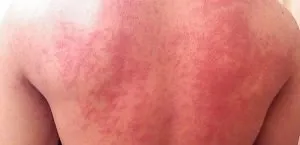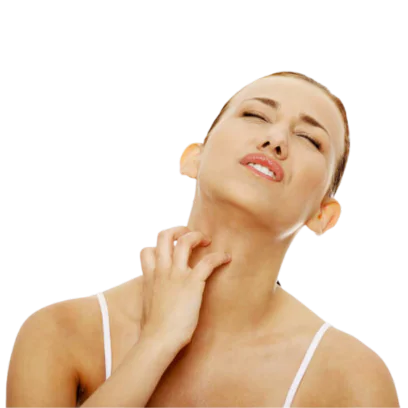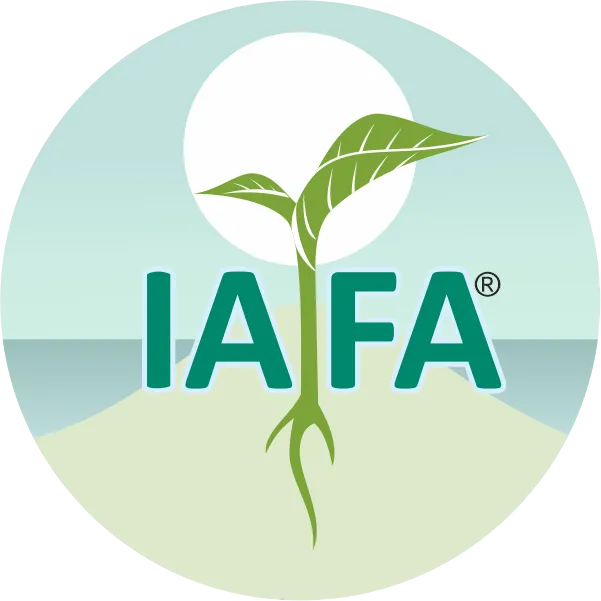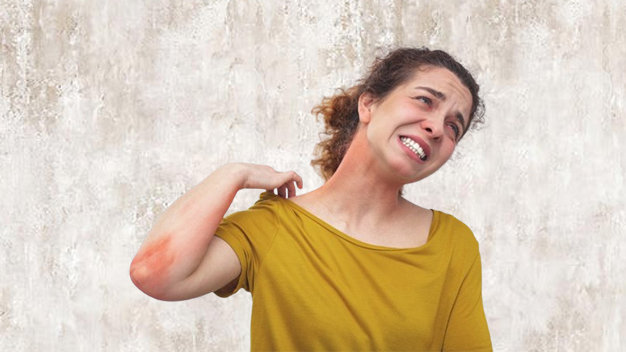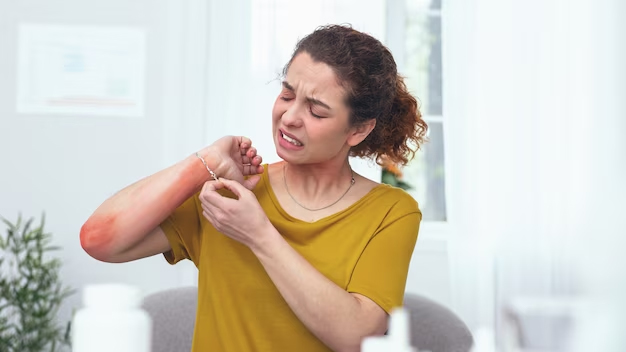On This Page
Ayurvedic Treatment of Yeast Allergy – Causes, Symptoms
उपशेते यदौचित्यादोक सात्म्यं तदुच्यते ||४९|| (च.सू.६/४९) ||
Yeast is a living fungus that actively helps in the fermentation of food and drinks. The fungus consumes sugar and converts it into carbon dioxide which helps the breads in fermenting and rising and drinks in brewing. But the bubbling reactions that cause the fermentation, may sometimes result in a few unwanted reactions in the body which may be due to the intolerance towards yeast which produces allergic reactions in return.
Having understood the working of yeast and why certain people are allergic to it, let’s move forward to discuss the details of yeast allergy which includes its types, causes of yeast allergy, its symptoms, and treatment measures.
Types of Yeast Allergy
It is a highly common ingredient used in a variety of baked goods and alcoholic beverages. When used for making baked goods, baker’s yeast comes to use and for alcoholic beverages such as beer, brewer’s yeast is used. Depending on these two forms of yeast, the allergy caused by it is also classified into two types, namely:
As the name suggests, this allergy is caused due to the consumption of foods that contain baker’s yeast. These foods are also known as leavened baked foods and primarily include:
- Bread of different kinds.
- Cookies.
- Muffins.
- Croissants.
- Biscuits.
- Cakes.
- desserts.
This is caused by the consumption of alcoholic beverages t
Causes of Yeast Allergy
Yeast allergy is caused when the body mistakes yeast as a threat to the body and begins to show symptoms. It is generally caused by the consumption of goods that contain yeast as discussed in the article.
Few Foods that Cause Yeast Allergy:-
- Cereals.
- Bread and baked goods.
- Beer, wine, ciders.
- Premade stocks, gravies, etc.
- Dried fruits.
- Vinegar.
- Foods containing vinegar such as pickles and salads.
- Aged meats.
- Olives.
- Mushrooms.
- Fermented foods such as cheese.
- Tofu.
- Strawberries, grapes, black and blueberries.
- Soy sauce.
- Tamarind.
- Yogurt.
- Buttermilk.
- Citric acid.
Symptoms of Yeast Allergy
The allergic reaction causes symptoms, which include:
- Bloating.
- Fatigue
- Abnormal weight gain.
- Mood swings.
- Widespread body pain.
- Migraine.
- Abdominal pain.
- Diarrhea.
- Constipation.
Ayurvedic Reference of Yeast Allergy
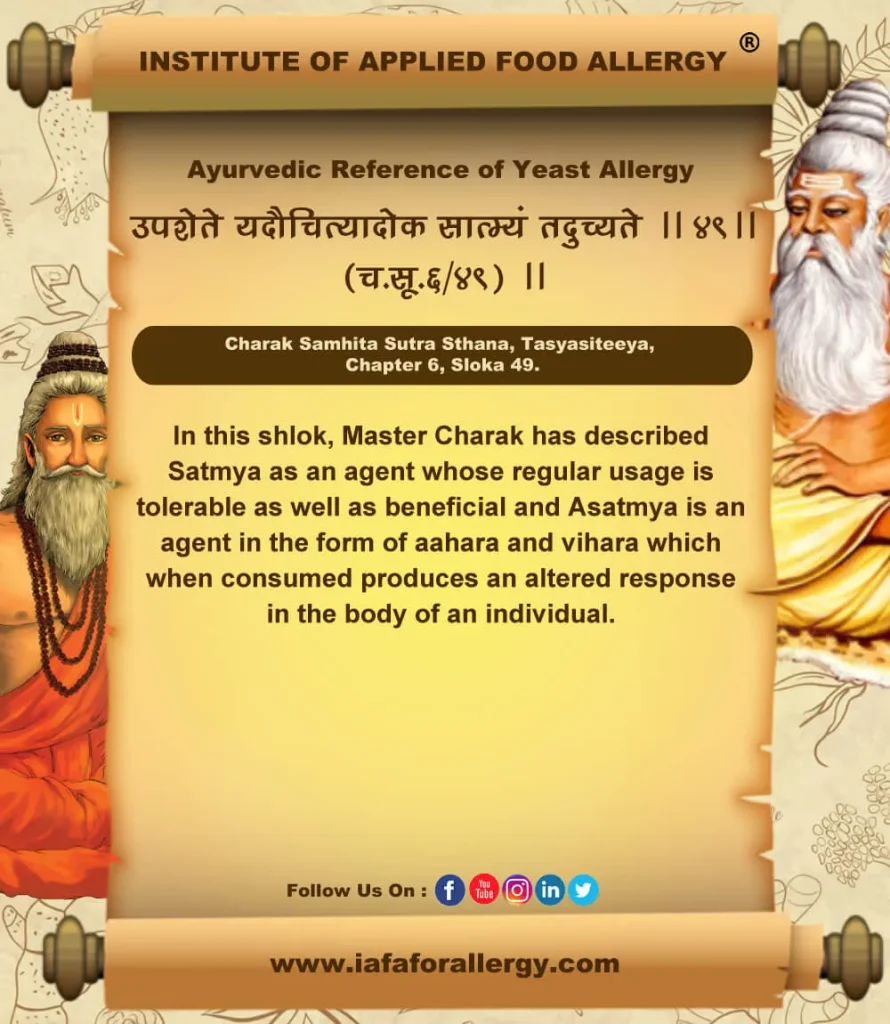

“Institute of Applied Food Allergy® Dr. Gupta’s IAFA – Our commitment is to help you understand your unique individual nature, to identify areas of imbalance, and to create a customized treatment program for all types of yeast allergies.
Quality care. Right here! Reach Dr. Gupta’s IAFA for all your worries about your health.
– Dr. Sahil Gupta (B.A.M.S., M.H.A.)
Ayurvedic Allergy Specialist
CEO & Founder of IAFA®
At last, Easier Yeast Allergy Management

Trusted by
More than 90,000 Patients

Convenient
at-Home Treatments

9.2 / 10
Customer Satisfaction Score
Ayurvedic Treatment of Yeast Allergy
Ayurveda suggests certain ayurvedic treatment measures for yeast allergy that help in eliminating the root cause and restoring health. Let us observe a few techniques, practices, herbs, and herbal remedies that help in providing relief from yeast allergy.
Internal Medications for Yeast Allergy as Per Ayurveda
- Punarnavadi Kwatha
- Guluchyadi Kwatha
- Panchatiktakam Kwatha
- Aragwadhadi Kwatha
- Amrutha guggulu
- Kaishoraguggulu Gulika
- Doosivishari gulika
- Krimighna Vati
- Krimisodhini Vati
- Vilwadi gulika
- Guggulutiktaka ghritam
- Tiktakam ghritam
- Mahatiktaka ghritam
- Kalyanakam ghritam
- Hinguvachadi Churna
- Vaiswanara Churna
- Avipathi Churna
- Triphala Churna
Purificatory Therapies in Yeast Allergy as per Ayurveda
- Vamana (emesis therapy)
- Virechna (purgation therapy)
- Asthapanavasti (medicated enema)
Single Herbs that can be Used in Yeast Allergy as Per Ayurveda
- Bilwa (Aegle marmelos)
- Musta (Cyperus rotundus)
- Haridra (Curcuma longa)
- Maricha (Piper nigrum)
- Kutaja (Holarrhena pubescens)
- Sunthi (Zingiber officinale)
- Pippali (Piper longum)
- Chavya (Piper chaba)
Diet in Yeast Allergy as Per Ayurveda
Diet in Yeast Allergy as Per Ayurveda
Yeast Free Foods or Alternatives
Eliminating foods and drinks that contain yeast is one of the most important tasks while treating yeast allergies. Foods that maintain the nutritional balance in the diet and are yeast-free at the same must be focused on. Few such foods are:
- Fruit smoothies
- Soda breads, which are typically yeast-free
- Skimmed milk
- Quinoa
- Brown rice
- Beans
- Potatoes
- Squash
- Green and leafy vegetables
- Oats
- Buckwheat
- Millets
- Corn
- Fresh fruits
- Unprocessed or non-packaged food
Don’ts (Apathya) in Yeast Allergy
Food Items to be Avoided:-
- Most breads and some baked goods, such as muffins, biscuits, croissants, or cinnamon rolls
- Cereal products
- Alcohol, especially beer, wine, and ciders
- Premade stocks, stock cubes, and gravies
- Vinegar and foods containing vinegar, such as pickles or salad dressing
- Aged meats and olives
- Mushrooms
- Fermented foods such as ripe cheeses and sauerkraut
- Dried fruits
- Blackberries, grapes, strawberries, and blueberries
- Buttermilk, synthetic cream, and yogurt
- Soy sauce, miso, and tamarind
- Tofu
- Citric acid
Yoga Asanas to Treat Yeast Allergy
Yoga asanas are one of the most sure-shot and effective techniques to eliminate the root cause of various ailments. A combination of these yoga asanas or postures and pranayama or breathing exercises greatly benefits the entire body. A few asanas for treating yeast allergy are:
- Sirsasana
- Bhujangasana
- Pawanmuktasana
- Paschimottanasana
- Matsyasana
- Kapalbhati
- Bhastrika Pranayama
- Nadishodhana Pranayama
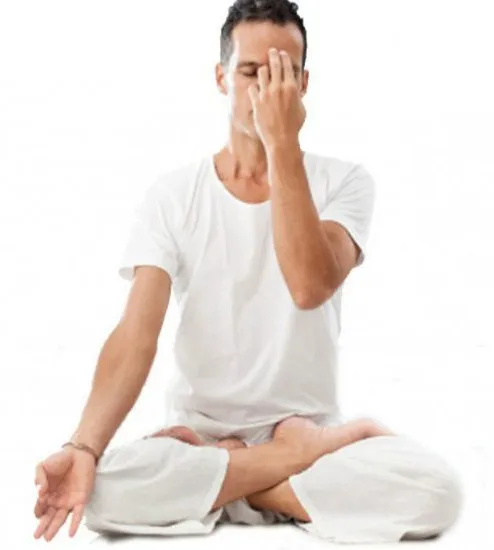
Frequently Asked Questions
Question: What is the difference between baker’s yeast and brewer’s yeast?
Answer: The main difference between baker’s yeast and brewer’s yeast is that brewing yeast produces both alcohol and carbon dioxide whereas baker’s yeast produces large amounts of carbon dioxide and negligible alcohol.
Question: What are the products that contain baker’s yeast?
Answer: Foods that contain yeast as an additive ingredient in preparation are: bread, biscuits, cakes, cookies, etc.
Question: How can one know that he/she is allergic to baker’s yeast?
Answer: If you notice certain symptoms after the consumption of bakery products such as stomach ache, the nose getting stuffy, then there is a possibility of having a baker’s yeast allergy.
Question: Can Ayurveda treat yeast allergy?
Answer: According to Ayurveda, yeast allergy is a result of low digestive fire and accumulation of toxins. Ayurveda has a vast treasure of certain herbs and minerals that correct digestion and help in treating yeast allergy naturally without causing any adverse effects.
Maintain your health through natural measures by incorporating Ayurveda to your daily life and be full of physical and mental health!!
Visit us and say goodbye to your allergy!!!
Was this Page Helpful?
So IAFA Root-Cause Treatment of Your Yeast Allergy is Just 3 Steps Away!

01. Connect With Us
Share your history of illness or Book your appointment

02. Consult With Us
Dr. Gupta a certified Ayurvedic Allergist Consultant

03. Root Cause Treatment
Get an accurate diagnosis, medicines, diet & lifestyle change
Yeast Allergy – Case Studies
Real Case Studies of Successfully Treated Patients from All Around the World by IAFA Ayurveda®
-
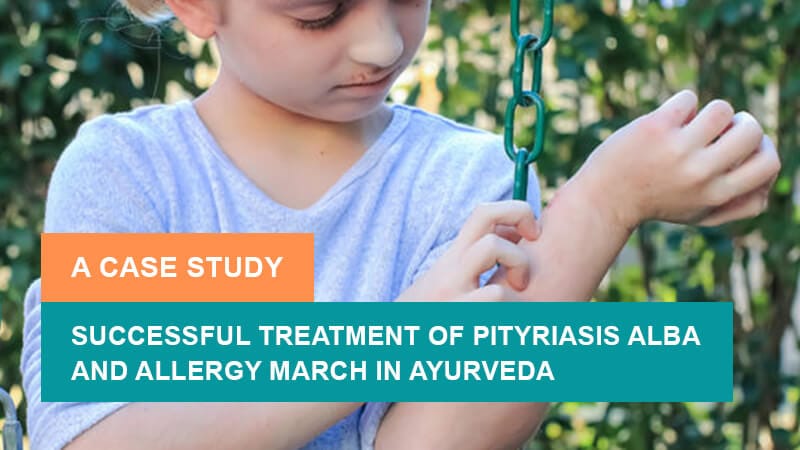
Successful Treatment of Pityriasis Alba and Allergy March in Ayurveda – A Case Study
It is a case study about successful treatment of Pityriasis Alba and…
-

Successful Treatment of Gallstones (Cholelithiasis) with Ayurvedic Medications – A Case Study
It is a case study about the successful treatment of Gallstones (Cholelithiasis)…
-
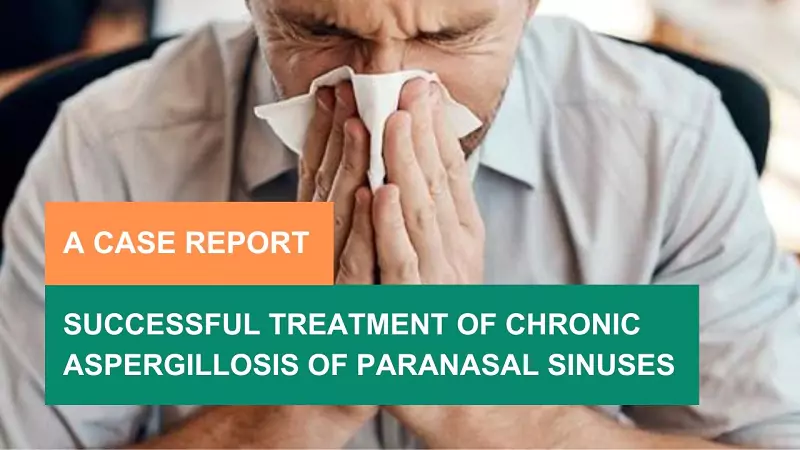
48-Year-Old Male Patient Got Relief from Chronic Aspergillosis of Paranasal Sinuses – A Case Study
Fungal infections can be treated with a high success rate by various…
-
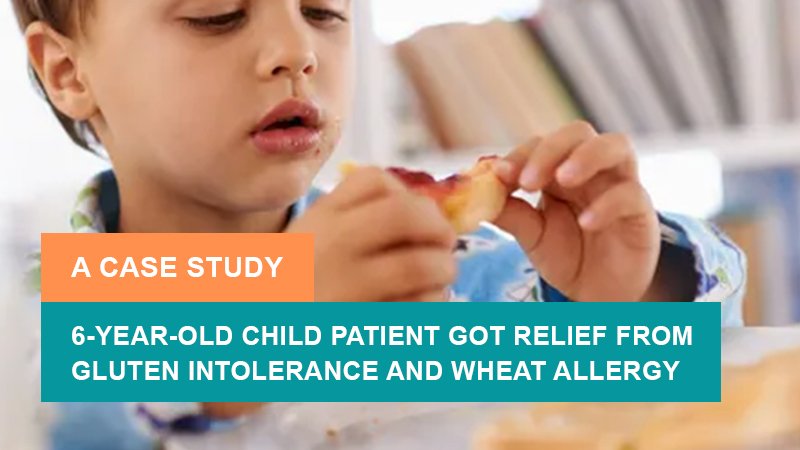
6-Year-Old Child Patient Got Relief from Gluten Intolerance and Wheat Allergy – A Case Study
It is a case study of a 6-year-old Child Patient who got…

